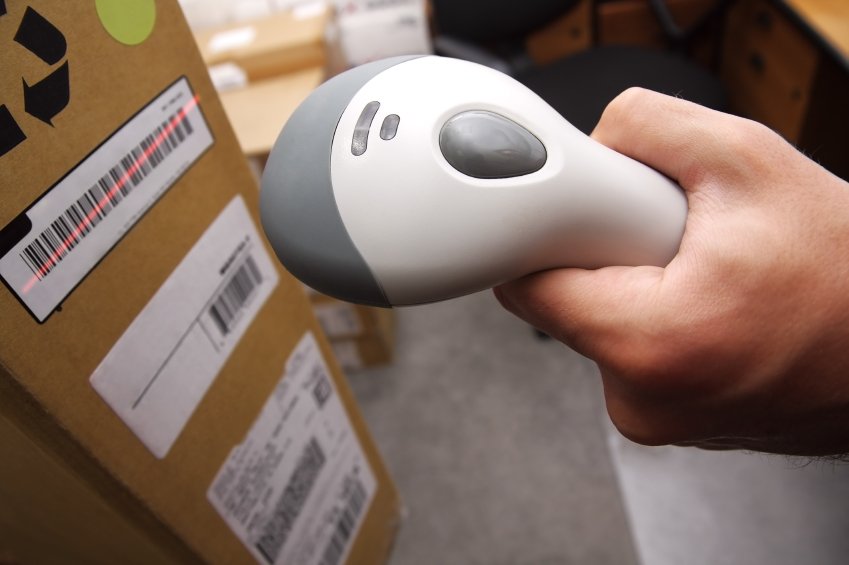
 The old joke about managing your inventory so that you always had “one (part) to use and one to lose” is one reason that vendor managed inventory (VMI) has become increasingly popular in recent years. That was reinforced by manufacturing strategies such as Just-In-Time (JIT) that have enabled both manufacturers and suppliers to see the benefits of staying on top of stocked inventories. Improved supply chain management (SCM) and enterprise resource planning (ERP) have taught production managers that both over- and under-stocked inventories can be dangerous and costly in different ways.
The old joke about managing your inventory so that you always had “one (part) to use and one to lose” is one reason that vendor managed inventory (VMI) has become increasingly popular in recent years. That was reinforced by manufacturing strategies such as Just-In-Time (JIT) that have enabled both manufacturers and suppliers to see the benefits of staying on top of stocked inventories. Improved supply chain management (SCM) and enterprise resource planning (ERP) have taught production managers that both over- and under-stocked inventories can be dangerous and costly in different ways.
While there is no hard-and-fast single VMI business model, it generally involves shifting the responsibility of keeping parts or product inventories stocked from the manufacturer or seller to the supplier. In the manufacturing industry, it means the parts supplier receives information from the manufacturer about the rate and timing of parts consumption so the supplier can maintain an adequate level of parts at all times regardless of changing demand. Properly maintained, a VMI program provides a number of benefits to both the manufacturer and the supplier.
Supplier
- Visibility of the manufacturer’s sales and production data makes forecasting easier
- A reduction in manufacturer ordering errors reduces time and money costs (without VMI, incorrect errors would often trigger a return)
- Stock level visibility helps to identify priorities (how quickly do which parts need to be replenished?)
Manufacturer
- Improvement in fill rates from the supplier as well as a decrease in stock-outs and inventory levels
- Decrease in planning and ordering costs due to responsibility shifting to the supplier
- The overall service level and production scheduling is improved by having the right product at the right time.
- The supplier is more focused on providing great service.
Dual Benefits
- Data entry errors are significantly reduced while data processing speed increases due to improved SCM and seamless communications
- Having the correct parts in stock when needed helps both parties better manage cash flow and profitability
- Stabilizes purchase order timing — PO’s are now generated on a predefined basis
A true partnership is formed between the supplier and the manufacturer that can go beyond VMI


